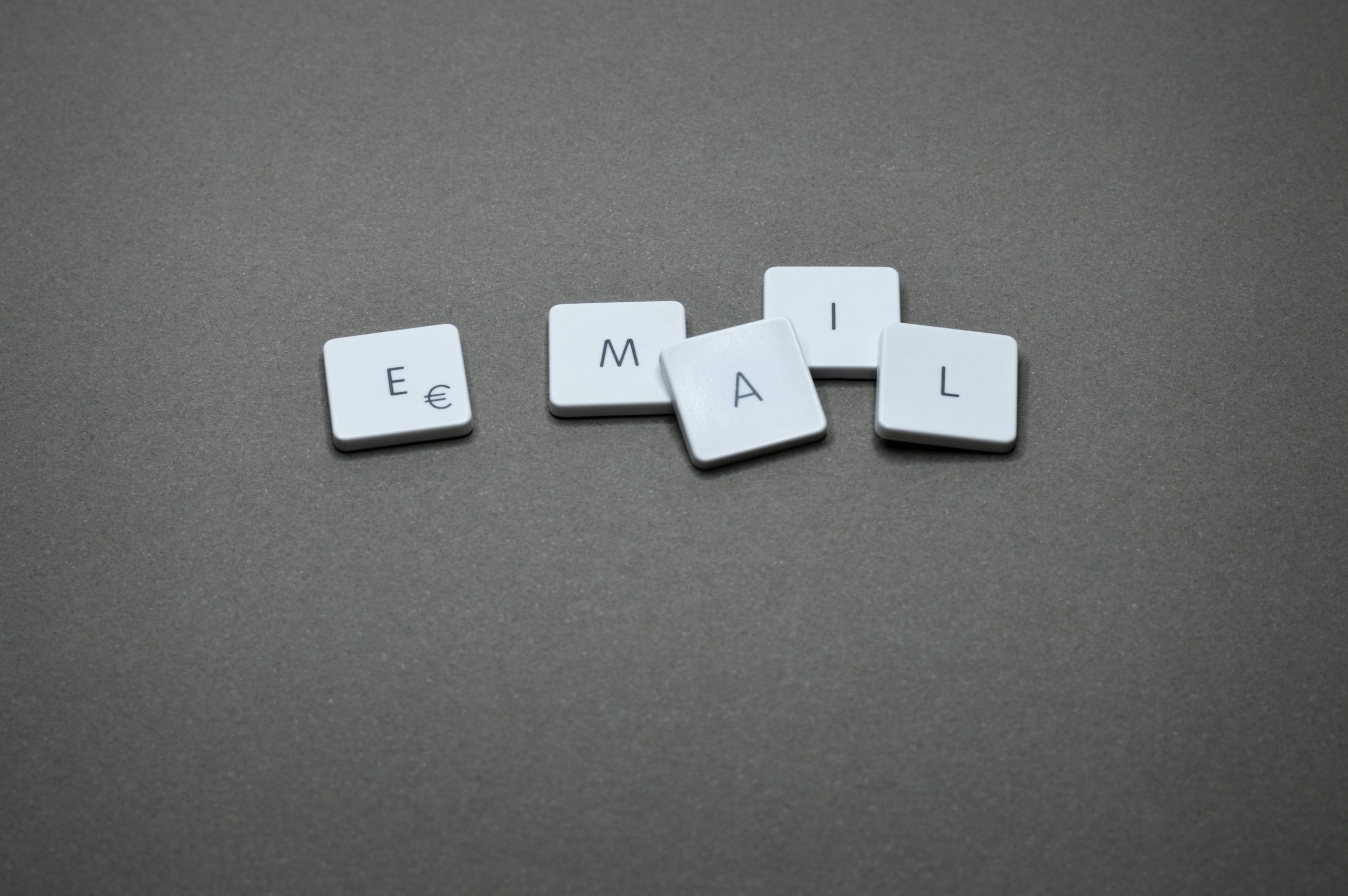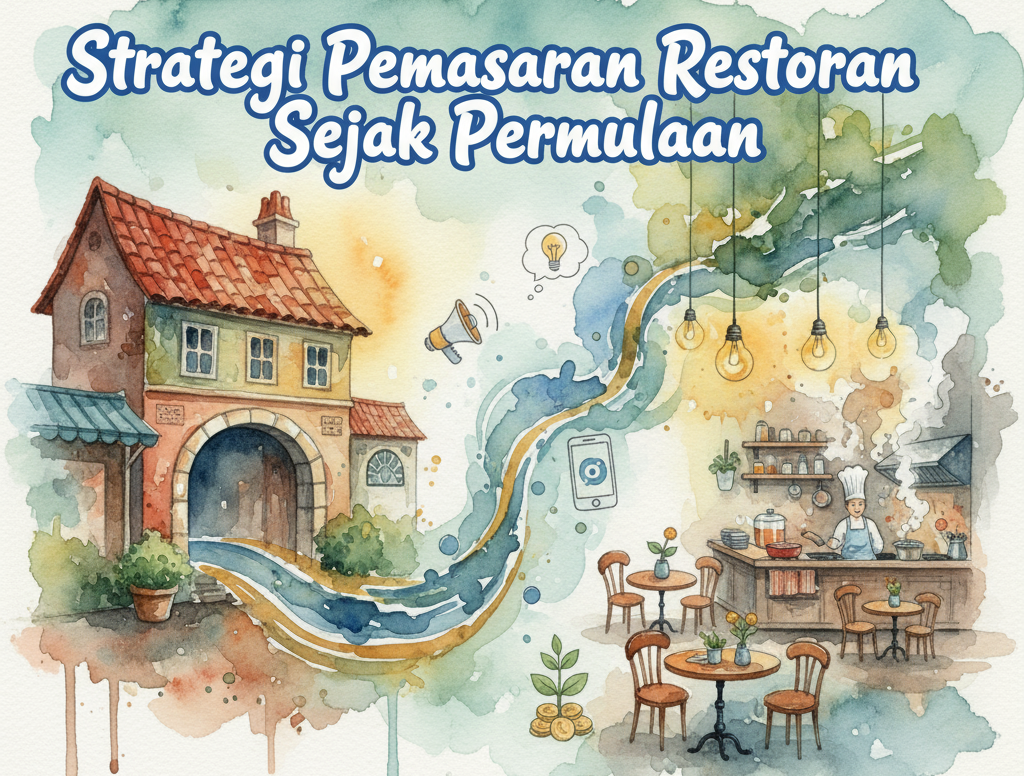Marketing is not only used to attract new customers but also for retaining existing customers. Email Marketing has a return on investment of 36$ for every dollar spent. You need to use email marketing to build relationships with your customers, offer deals, share recent updates, and get customer feedback. Sending personalized emails also makes them remember you for a longer time. Email marketing also gives you a chance to attach vibrant images making your customers take immediate action.
Read more to find out in detail why you should use email marketing and how often should you send emails. Apart from that you will also learn how you can track the success of your emails.
Why Email Marketing Works for Restaurants?
With more than 4 billion email users worldwide in 2023, email remains one of the most effective ways to reach people. Many of your customers check their email daily, so staying on their radar is easier than ever. Studies show that email marketing has an average return on investment (ROI) of $36 for every $1 spent, making it one of the most cost-effective restaurant marketing strategies out there.
Restaurants can use email marketing in many ways, from sharing promotions and menu updates to celebrating birthdays or sending personalized offers. With so many possibilities, a well-thought-out email strategy can make your customers feel valued and remind them to visit your restaurant regularly.
1. Build Strong Relationships with Customers
Email marketing gives you the chance to build a direct connection with your customers. By sending personalized and thoughtful messages, you can make them feel valued and appreciated. This personal connection can help keep your restaurant top of mind, especially when they’re deciding where to eat next.
Start with a warm welcome email for new subscribers. This is an opportunity to introduce your restaurant’s unique offerings and share a special welcome discount. From there, continue to send emails that add value to their inbox, like exclusive deals, upcoming events, or menu highlights.
2. Offer Exclusive Deals and Promotions
Everyone loves a good deal, especially loyal customers. Use email marketing to share exclusive promotions and discounts that aren’t available elsewhere. For instance, send a “Thank You” discount to customers who have visited multiple times, or a “We Miss You” offer to those who haven’t been back in a while.
When you create these offers, make them time-limited to encourage immediate action. This not only creates urgency but also makes your subscribers feel like they’re part of an inner circle with special perks.
3. Share Updates and Special Events
Are you launching a new menu item or hosting a special event? Let your customers know about it through email! Regular updates can keep your audience engaged and excited about what’s happening at your restaurant. Share new seasonal items, happy hour specials, or holiday events that they might be interested in.
For example, if you have a holiday brunch planned, send an email a week or two before with the event details. Include mouth-watering pictures of the dishes to create excitement. According to studies, emails with visuals and images get 42% more clicks, so add appealing photos whenever possible.
4. Encourage Customer Feedback
Email marketing is a great way to ask for feedback. After a customer’s visit, you can send a follow-up email asking about their experience. This not only shows that you care about their opinion but also provides valuable insights for improving your restaurant.
If they had a positive experience, encourage them to leave a review on Google or Yelp. Positive reviews can help attract new customers, while negative feedback allows you to address issues and prevent them from happening again. A report by BrightLocal found that 77% of customers would leave a review if asked, so a friendly nudge via email can go a long way.
Why Personalized Emails Matter?
Personalization is key to a successful email campaign. Rather than sending the same message to everyone, segment your email list based on customer behavior, preferences, or visit frequency. According to research, personalized emails deliver six times higher transaction rates, so tailor your emails to make them feel relevant to each customer.
You could create separate lists for regular customers, new subscribers, or those who haven’t visited in a while. For regulars, offer a loyalty program update. For newcomers, provide a special welcome offer. By creating targeted content, you can increase the chances of your emails being opened and acted upon.
Sending birthday or anniversary emails is an easy way to show customers you care. A simple birthday greeting with a special offer, like a free dessert or discount, can make a customer feel appreciated and encourage them to celebrate with you. Birthday emails have a high open rate of 45%, as people are more likely to read and respond to personal, timely messages.
Consider creating an automated email that goes out to customers who have provided their birth date. This small gesture can turn a one-time customer into a loyal guest, all because you made them feel special on their important day.
How Often Should a Restaurant Send Emails?
The answer depends on your goals, but generally, sending 1-2 emails per week is ideal. Too many emails can overwhelm customers and lead to unsubscribes, while too few can cause them to forget about your restaurant. Monitor engagement rates to find a frequency that works for your audience.
For example, a weekly email can be used to highlight new menu items, while a monthly newsletter might recap past events, upcoming specials, and any exciting updates. Keep track of open and click rates to see if your frequency is right for your audience.
How You Can Track Success Metrics and Improve Your Strategy?
To know if your email marketing is working, keep track of success metrics like open rate, click-through rate, and conversion rate. For the restaurant industry, the average email open rate is around 20%, so aim for this benchmark or higher. If your rates are lower, it could mean your subject lines need improvement or that you’re sending emails too frequently.
Experiment with different types of content and see what resonates with your audience. Regularly review your performance to tweak and improve your strategy over time.
About 81% of emails are opened on mobile devices, so it’s crucial to ensure your emails look good on smartphones and tablets. A mobile-friendly email should be easy to read, with clear images and concise text. Stick to a clean design and avoid too much clutter. Use short paragraphs, large buttons, and a simple layout that works well on small screens.
Although it might feel counterintuitive, providing an easy way for customers to unsubscribe is important. This builds trust and ensures that only genuinely interested people receive your emails. According to email marketing laws, every email should include an unsubscribe link. Respecting this helps build a loyal, engaged audience that truly values your content.
Email marketing is a powerful tool for driving repeat business and building customer loyalty. By staying in touch with your customers through personalized, valuable, and timely messages, you can keep them coming back again and again. From exclusive deals to personal celebrations, email marketing offers endless possibilities for strengthening your customer relationships.
If you haven’t already, consider starting a simple email strategy. Collect customer emails, plan valuable content, and experiment with different ideas. Over time, you’ll see how email marketing can help your restaurant grow, one loyal customer at a time.




